1. Women Had No Role in the Wild West
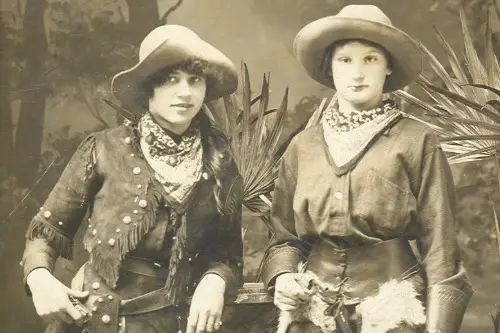
Hollywood often portrays women as helpless damsels in distress, but women in the Old West were far from powerless. Many of them ran businesses, owned property, and even took up arms to defend their homes. Women like Annie Oakley became famous sharpshooters, while others, like Mary Fields, worked as stagecoach drivers in a male-dominated world, PBS explains. Some women even disguised themselves as men to work as cowboys or join the military.
In addition to working on farms and ranches, women played crucial roles in shaping frontier communities. They were teachers, doctors, shop owners, and even outlaws in some cases. Calamity Jane, for instance, was known for her wild behavior and gun skills, challenging the traditional role of women at the time. The Old West was tough, but women proved time and again that they were just as resilient as the men.
2. Cowboys Were All White
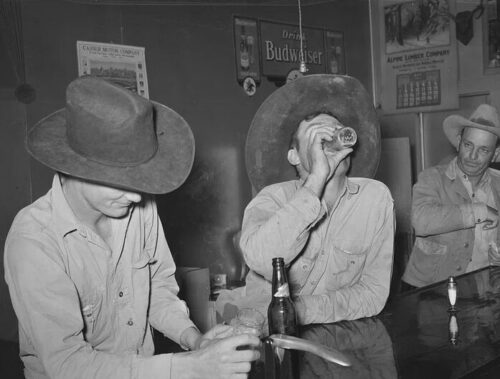
When watching classic Westerns, one might assume that all cowboys were white men; however, this is far from the truth. In reality, many cowboys were African American, Hispanic, or Native American. This misconception stems from Hollywood’s tendency to cast predominantly white actors in leading roles while ignoring the diverse backgrounds of actual cowboys who played significant roles in shaping frontier culture. Historical records reveal that African Americans made up a substantial portion of cattle drivers and ranch hands during this era.
Historian William Loren Katz notes that being a cowboy was one of the few professions available to black men after the Civil War, making it a vital part of history often overlooked by mainstream media. Additionally, Hispanic cowboys—known as vaqueros—were instrumental in developing cattle ranching techniques that are still used today. By acknowledging this diversity and recognizing the contributions of these groups, we can better appreciate the rich tapestry of stories that make up America’s history in the Wild West.
3. Everyone Ran Around Shooting Off Their Guns

Hollywood loves to show cowboys solving their problems with guns, but shootouts weren’t as common as movies suggest. In fact, most frontier towns had strict gun control laws that prohibited carrying weapons inside city limits, according to History Enhanced. Violent disputes were more often settled with fists or through the courts rather than by duels in the streets. Outlaws and bandits existed, but most people preferred to avoid unnecessary bloodshed.
Even notorious Wild West towns like Dodge City and Tombstone had law enforcement to keep violence in check. While gunfights did occur, they were rare and usually involved criminals rather than everyday cowboys. The image of a town descending into chaos every time someone walked into a saloon is pure Hollywood fiction. The reality was that most people were just trying to get by without getting shot.
4. Quick Draw Duels Were Common
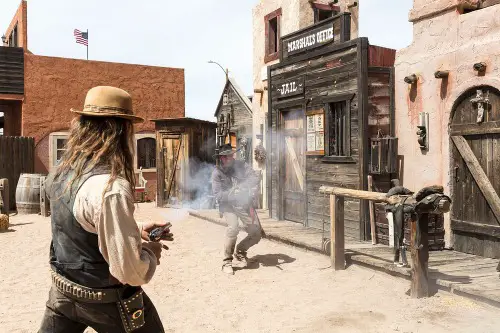
The iconic quick draw duel at high noon is perhaps one of the most enduring images of the Wild West, heavily popularized by films and television shows. However, these dramatic standoffs were not as common as Hollywood would have us believe. The idea of two gunslingers facing off in a dusty street is largely a cinematic invention designed to heighten tension and drama on screen, rather than a reflection of historical accuracy, Medium explains.
Moreover, when duels did occur, they often ended poorly for both participants involved, leading to serious injuries or even death. The quick draw myth contributes to a glorified view of violence that overshadows the real struggles faced by individuals living in those times. Understanding this distinction can help us appreciate the complexities of law enforcement and community relations in the Old West—a time when many sought peace rather than conflict.
5. Lawmen Were Always the Good Guys
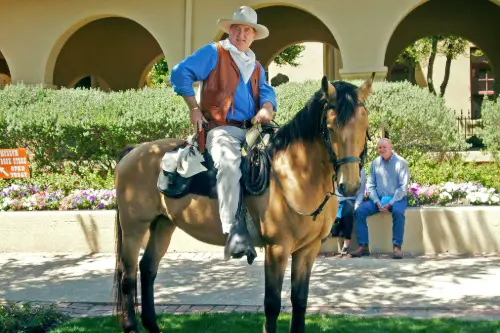
Westerns often depict sheriffs as noble heroes keeping the peace, but many lawmen were just as corrupt as the criminals they pursued. Some, like Wyatt Earp and Wild Bill Hickok, walked a fine line between upholding the law and breaking it. In some towns, sheriffs were bribed to look the other way while outlaws operated freely. Others were former criminals themselves who used their badges to eliminate rivals.
Frontier justice wasn’t always about right and wrong—it was often about power and control. Many sheriffs were hired not because they were the best men for the job but because they had the connections to secure the position. The real Old West wasn’t about white-hatted heroes taking down black-hatted villains. It was a place where survival often required bending or breaking the rules.
6. Native Americans Were Hostile Savages
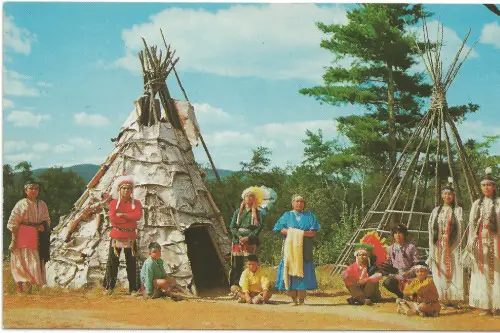
Westerns often depict Native Americans as ruthless savages attacking innocent settlers, but this narrative is heavily one-sided. In reality, according to the BBC, Native Americans were the ones fighting to defend their land from encroachment and broken treaties. While conflicts did occur, many tribes tried to coexist peacefully with settlers through trade and diplomacy. The portrayal of all Native Americans as hostile ignores the rich diversity of cultures and histories among different tribes.
The U.S. government often forced Native Americans off their land, leading to resistance from some tribes. Leaders like Sitting Bull and Geronimo fought back, but they were defending their way of life rather than waging war for the sake of it. Many tribes helped settlers survive by teaching them farming and survival skills. The real tragedy of the Wild West is how Native American history was rewritten to justify their mistreatment.
7. All Cowboys Were Outlaws
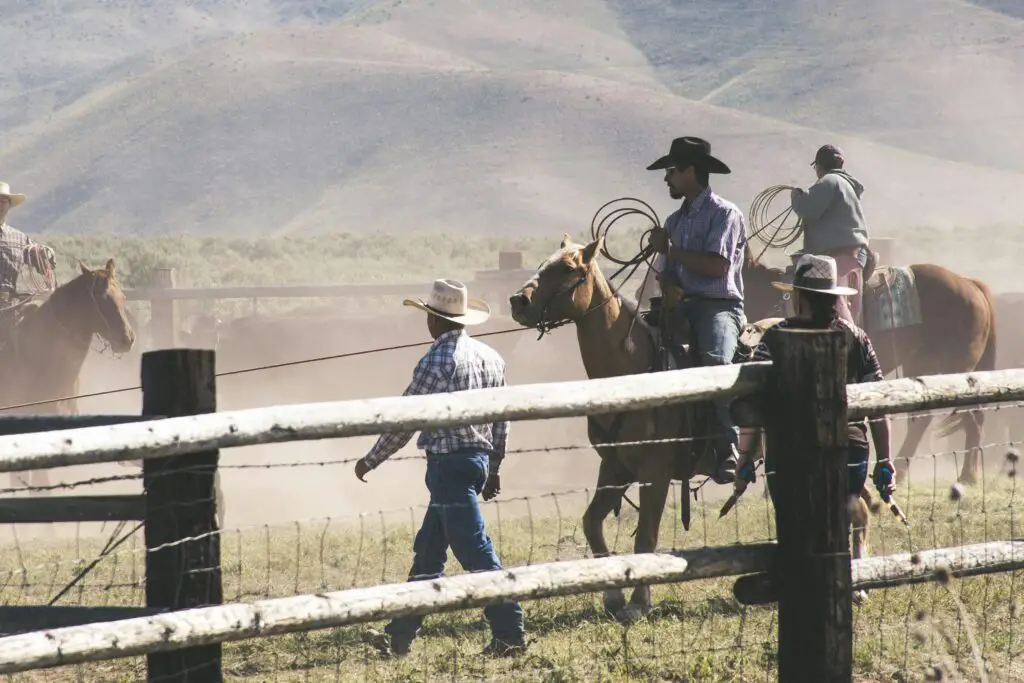
Hollywood loves the idea of outlaws like Jesse James and Billy the Kid as noble bandits who stole from the rich and gave to the poor. In reality, most outlaws were just criminals looking out for themselves. Jesse James, for example, was a ruthless bank robber who killed innocent people for profit, not justice. Billy the Kid was involved in gang violence, not some grand rebellion against corruption.
While some outlaws had their reasons for turning to crime, they weren’t the heroic figures depicted in movies. Many of them were thieves, murderers, and gang members who preyed on ordinary citizens. The idea of the charming outlaw is a myth that makes crime seem more glamorous than it was. In truth, most outlaws either ended up dead or in prison.
8. The Wild West Was All Desert
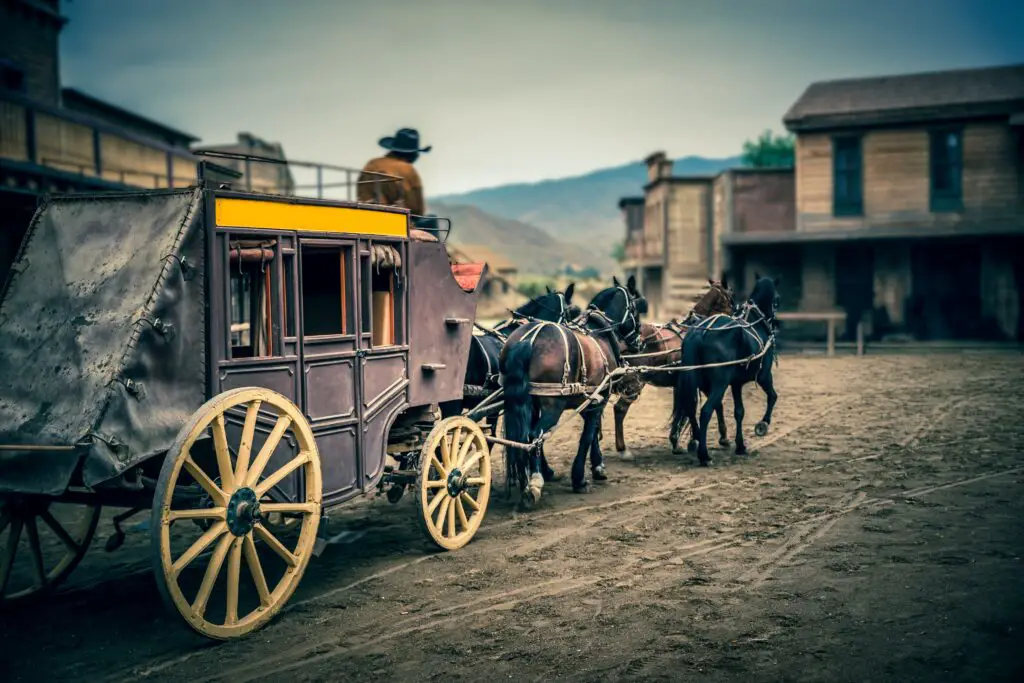
Many Western films feature barren, dusty landscapes, but the actual Wild West was incredibly diverse. While there were deserts in places like Arizona and Nevada, much of the West had forests, rivers, and even snowy mountains. The Great Plains were filled with fertile farmland, and states like Montana had lush grasslands perfect for ranching. The idea that the West was all tumbleweeds and cacti is a Hollywood invention.
Even areas like Texas and California had thriving ecosystems that didn’t fit the typical “dry and dusty” look of most Westerns. Settlers didn’t just have to worry about heat—they also faced harsh winters, floods, and tornadoes. Hollywood’s version of the West is scenic but not accurate. The real Wild West was as varied as the people who lived there.
9. Everyone Was Armed All The Time
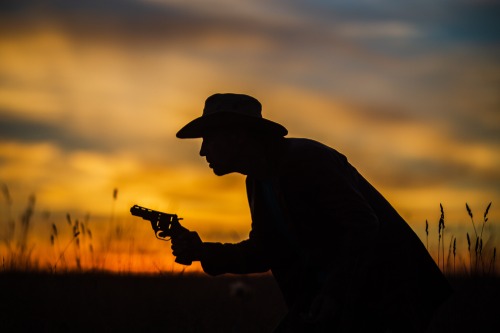
Western films love to show prospectors striking gold and becoming wealthy overnight, but the reality was far less glamorous. While a few lucky miners did hit it big, the majority struggled in harsh conditions, often coming away with little to show for their efforts. The gold rushes of California, the Black Hills, and Alaska created more bankruptcies than fortunes. Supplies were expensive, competition was fierce, and claim-jumping was a constant threat.
For every successful miner, thousands more failed, leaving behind ghost towns when the gold ran dry. Many who profited from the gold rush were not miners but business owners who sold equipment, lodging, and food to desperate prospectors. The idea of easily striking it rich fueled waves of migration, but for most, it was a tough and disappointing journey. The gold rush was more about struggle than success.
10. Gold Rushes Were Instant Fortunes

Western films love to show prospectors striking gold and becoming wealthy overnight, but the reality was far less glamorous. While a few lucky miners did hit it big, the majority struggled in harsh conditions, often coming away with little to show for their efforts. The gold rushes of California, the Black Hills, and Alaska created more bankruptcies than fortunes. Supplies were expensive, competition was fierce, and claim-jumping was a constant threat.
For every successful miner, thousands more failed, leaving behind ghost towns when the gold ran dry. Many who profited from the gold rush were not miners but business owners who sold equipment, lodging, and food to desperate prospectors. The idea of easily striking it rich fueled waves of migration, but for most, it was a tough and disappointing journey. The gold rush was more about struggle than success.
11. Lawlessness Was Rampant Everywhere
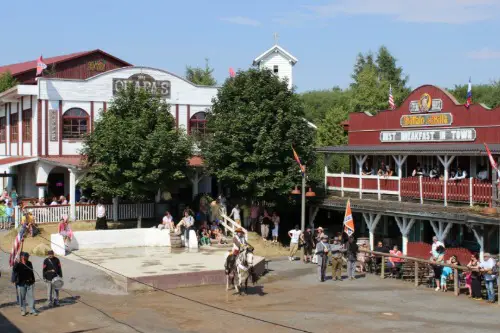
Hollywood portrays the Wild West as a place where law enforcement was nonexistent and criminals ran free. While some outlaw activity did occur, most frontier towns had structured legal systems with sheriffs, marshals, and courts. Communities often worked together to maintain order, electing local officials and forming vigilante groups when necessary. Many towns had lower crime rates than some major cities today.
Yes, infamous outlaws like Jesse James and Butch Cassidy made headlines, but they were the exceptions rather than the rule. Even notorious towns like Deadwood and Tombstone had lawmen enforcing rules and businesses operating peacefully. While there were certainly instances of corruption and violence, the Wild West wasn’t the chaotic free-for-all that movies make it seem. Life was often more about cooperation than constant conflict.
12. Cattle Drives Were Glamorous Adventures
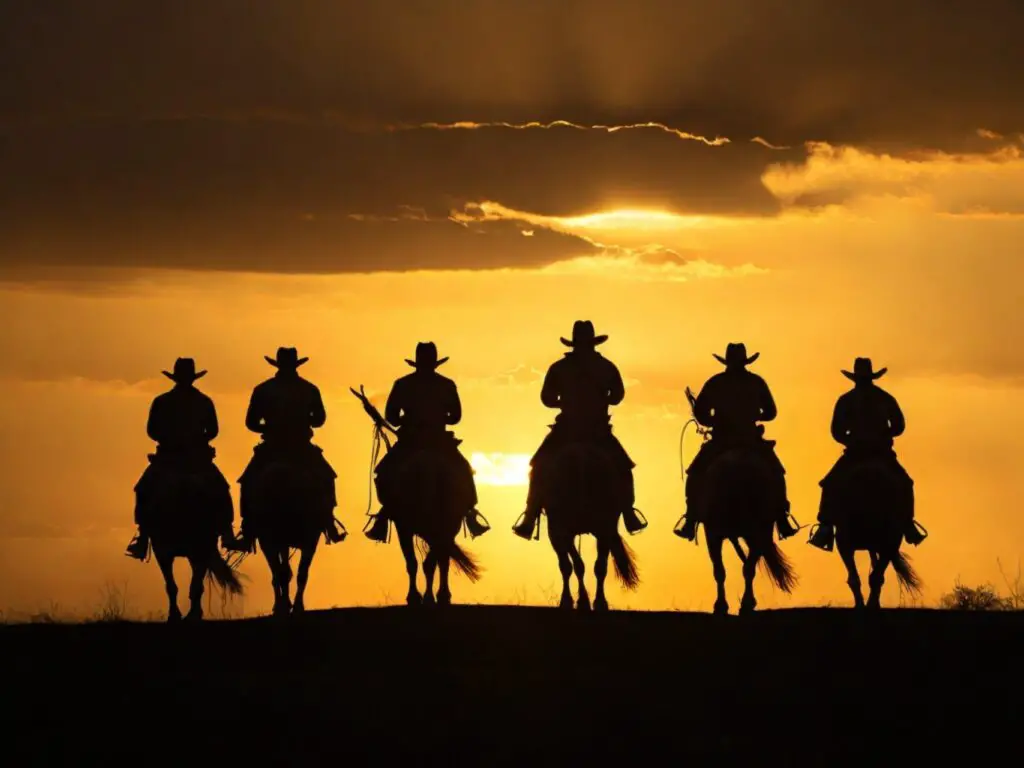
Cattle drives are often depicted as exciting journeys across the open range, with cowboys singing under the stars and enjoying the freedom of the frontier. In reality, cattle drives were grueling, exhausting, and incredibly dangerous. Cowboys faced harsh weather, disease, and the constant threat of stampedes that could wipe out an entire herd. They worked long hours for low pay, often dealing with loneliness and extreme exhaustion.
The journey from Texas to Kansas could take months, with cowboys surviving on little more than beans and coffee. Crossing rivers was particularly deadly, as cattle and cowboys alike could drown in strong currents. Cowboys also had to fend off rustlers, who were more of a threat than gunfighters in dusty towns. The romanticized version of cowboy life ignores the backbreaking labor and hardships they endured.
13. Settlers Became Rich After Claiming Land
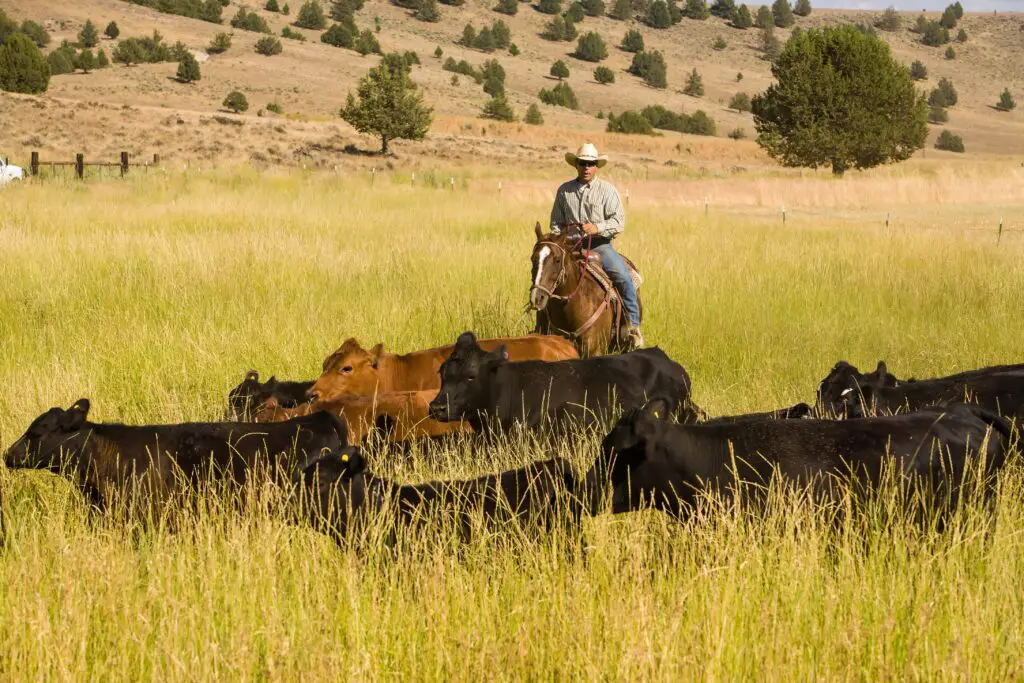
Movies make it seem like anyone who moved west and claimed land became instantly successful. The reality was much harsher—many settlers struggled to survive due to droughts, harsh winters, and poor soil conditions. The Homestead Act offered land at little cost, but turning it into a working farm required backbreaking labor. Many families went deep into debt just trying to keep their farms running.
Locust swarms, unpredictable weather, and isolation made life incredibly difficult for homesteaders. Some settlers abandoned their land after realizing they couldn’t make it profitable, leaving behind failed farms and broken dreams. While a few did succeed, the vast majority faced relentless hardship. The idea of easy wealth on the frontier was more of a sales pitch than a reality.
14. Saloons Were Always Full of Bar Fights
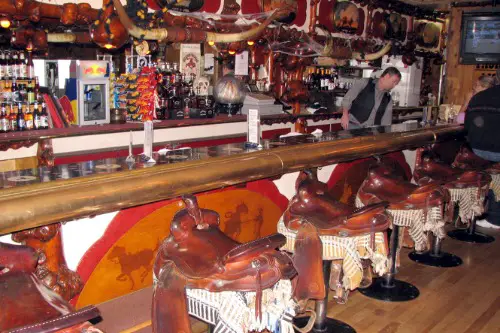
Western films make it seem like every saloon was a rough-and-tumble place where brawls broke out constantly. While fights did happen, most saloons were much quieter than Hollywood portrays. Many were places of business where cowboys, ranchers, and travelers went to relax, eat, and conduct deals. Owners had a vested interest in keeping the peace, as constant brawls would have driven customers away.
Guns were often prohibited inside saloons, and bartenders weren’t just there to serve drinks—they also acted as unofficial peacekeepers. Gambling, drinking, and socializing were the main activities, not fistfights and shootouts. While occasional conflicts did break out, the idea that every saloon was a lawless brawl pit is pure Hollywood fiction. The real Wild West had its wild moments, but most people just wanted a drink and a place to unwind.
15. The Pony Express Was a Long-Term Success
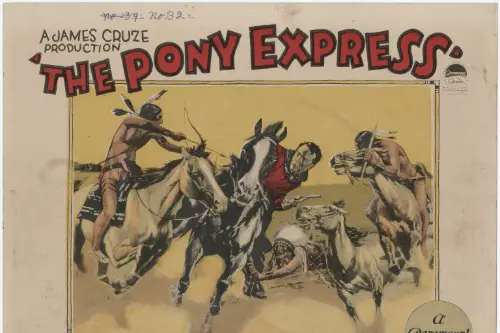
The Pony Express is often depicted as a crucial part of the Wild West, but in reality, it was short-lived and financially disastrous. The mail service, which used fast riders to deliver messages across the country, only lasted about 18 months before the transcontinental telegraph made it obsolete. While the riders were indeed brave, the business model was unsustainable, and the company quickly went bankrupt.
Despite its failure, the Pony Express remains one of the most famous legends of the Old West. Movies and TV shows have romanticized the image of lone riders galloping across dangerous terrain, dodging outlaws and Native American attacks. In truth, most mail was delivered by stagecoach, and the Pony Express was more of a desperate experiment than a long-term success. Its legacy endures, but its reality was far less triumphant than Hollywood suggests.


